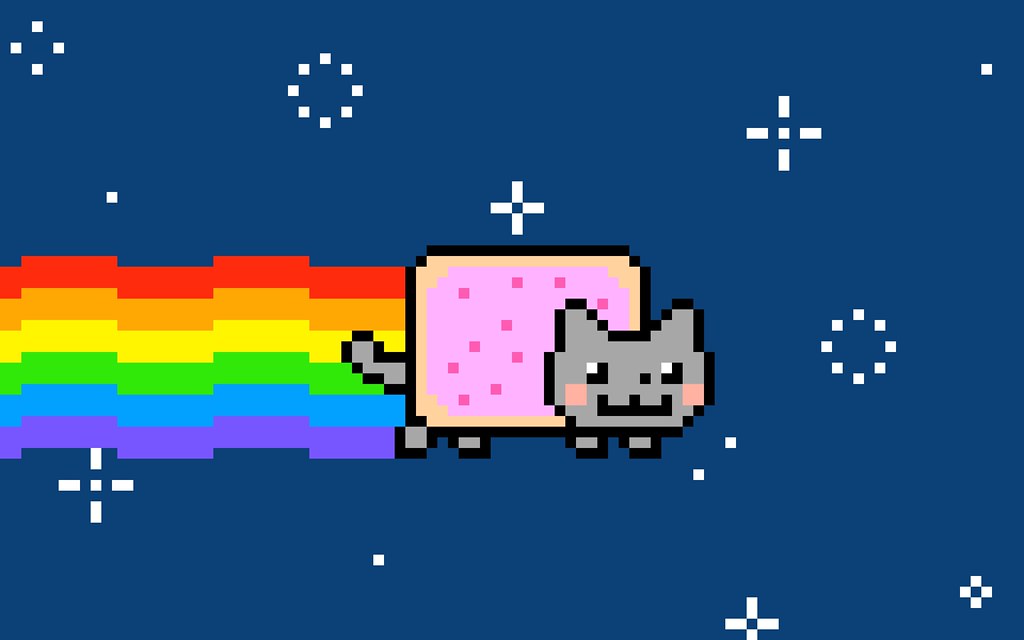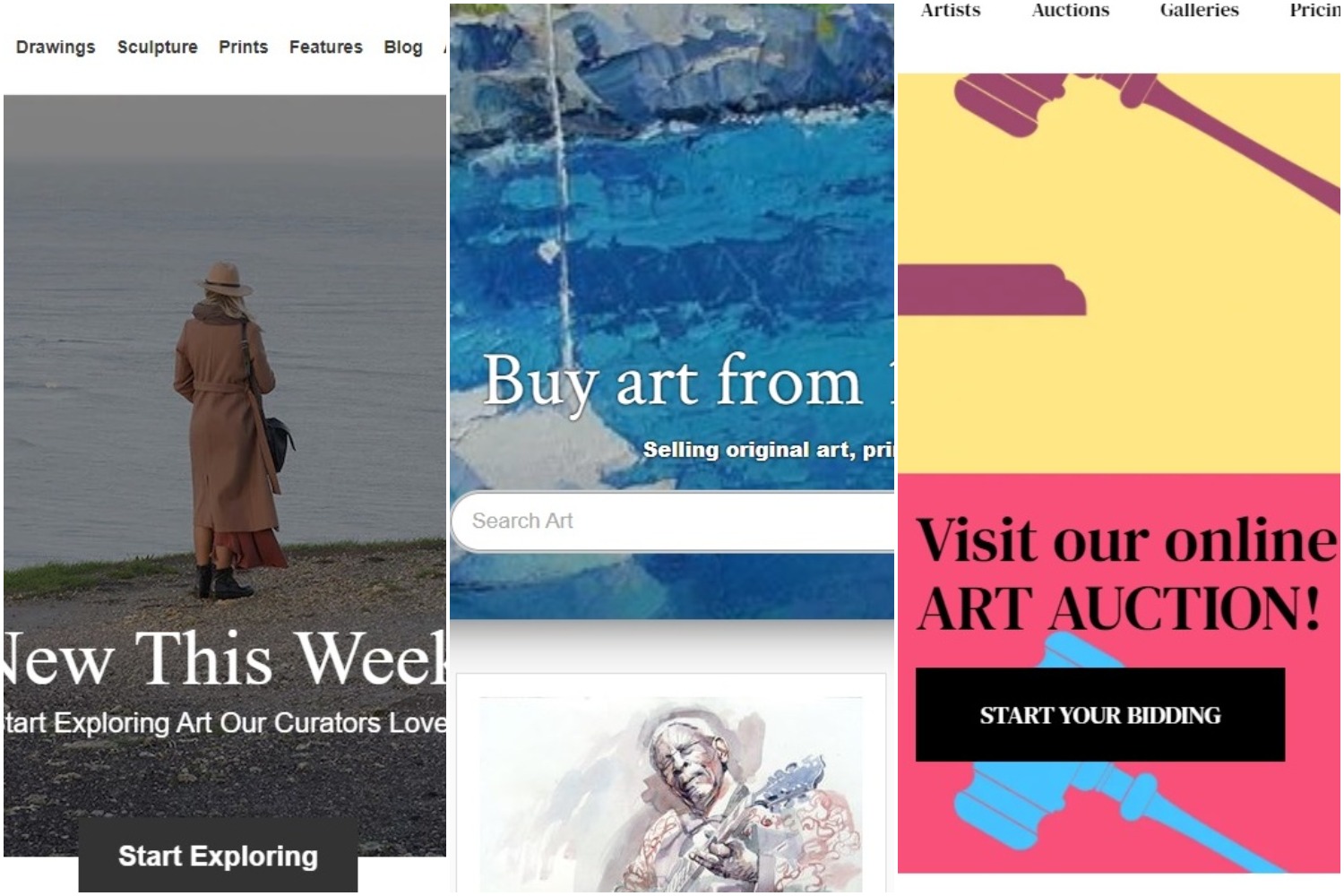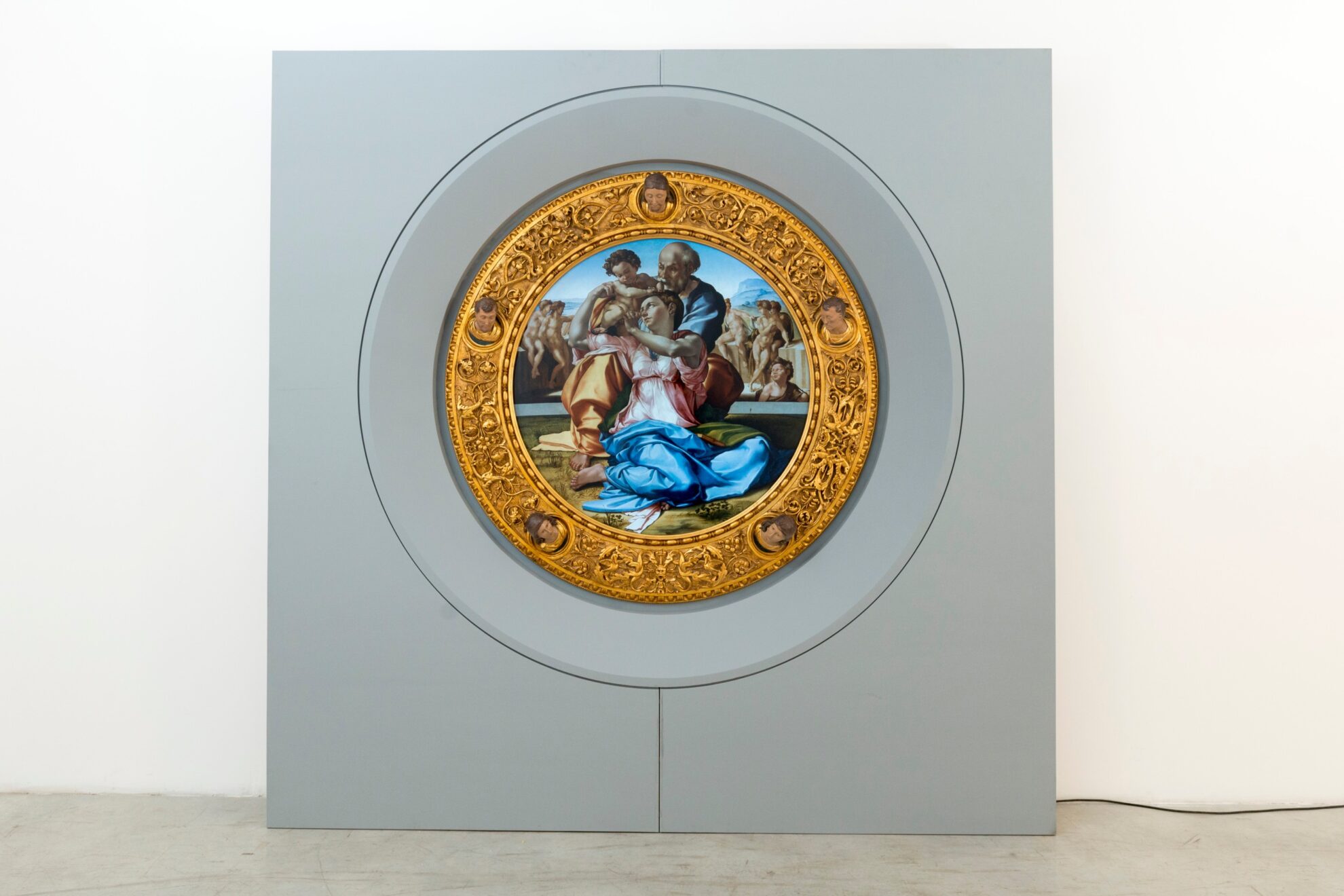The New York Times recently ran a piece titled “Why an Animated Flying Cat With a Pop-Tart Body Sold for Almost $600,000”. The article explained why the Nyan Cat animated GIF of a rudimentary cartoon cat should be worthy of readers’ interest. As such, it heralds the growing global attention to the burgeoning crypto art movement. Sales, too, prove the increasing interest from outside crypto art’s usual audience thus far. The first two months of 2021 have already been staggeringly successful for an art form that is only a couple of years old.
The Rise of Crypto Art
If it wasn’t apparent at the end of last year, the beginning of 2021 has seen crypto art breaking out from digital realms and positioning itself firmly as a rising international art movement.
The recent sale of Chris Torres’ remastered Nyan Cat meme has been picked up by international news outlets. This coverage goes far beyond the usual sphere of cryptocurrency or financial publications. Not surprising, perhaps, as Nyan Cat sold for an eye-popping 300 ether (ETH), about $590,000.
Torres’ Nyan Cat uses the original animated GIF of a cat with a pop tart for a body. After being uploaded to YouTube in 2011, it became a big hit. The video has over 185 million views on the site. It features the cartoon creature flying through space leaving a vibrant rainbow trail set to Japanese pop music. Torres remastered the iconic cat in honor of its 10 year anniversary.
The remastered Nyan Cat meme was sold at auction last week on crypto art platform Foundation. The platform is just a couple of weeks old. Like other NFT sites, it allows the artist or creator to retain intellectual and creative copyright of their work.
The New York Times described the historic sale of the Nyan cat meme as, “a new high point in a fast-growing market for ownership rights to digital art, ephemera and media called NFTs, or ‘nonfungible tokens.’”
To explain the phenomenon, the paper writes, “The buyers are usually not acquiring copyrights, trademarks or even the sole ownership of whatever it is they purchase. They’re buying bragging rights and the knowledge that their copy is the “authentic” one.”
Financial Gain or Artistic Appreciation?
It is undoubtedly true that NFTs have transformed the value of digital art. They do so by allowing pieces to become unique and authenticated. This has made NFTs extremely valuable and collectible. Purchases are often undertaken as simply a strategic financial move considering the soaring value of bitcoin. However, the growing artistic appreciation of these works must also be recognized.

Serious acknowledgment of the importance of crypto works for art collectors has come from prestigious auction house Christie’s. Recently, they became the first major auction house to sell a completely digital NFT work. Everydays – The First 5000 Days, by renowned crypto artist Beeple, is on sale from 25 February to 11 March. The auction house called the sale “an important milestone in the development of the market for digital art”. In an industry first, Christie’s will accept payment for the artwork in cryptocurrency.
Specialist in post-war and contemporary art at Christie’s, Noah Davis told Wired, “As a mechanism, NFTs make it possible to assign value to digital art, which opens the door to a sea of possibility for a medium that is unbridled by physical limitations.”
Booming Sales of Crypto Art in 2021
Other sales of crypto art since the beginning of the year confirm the art form’s explosive growth. In January, Justin Roiland, joint creator of the popular animated series Rick and Morty, put a crypto artwork on the blockchain-based marketplace Nifty Gateway. Called “The First Ever Edition Of Rick And Morty Cryptoart,” the NFT artwork sold for $150,000 at a silent auction. On Sunday, a collection of 34 digital artworks titled CryptoPunks sold for more than $1 million in the cryptocurrency ether (ETH).
Last week, on marketplace OpenSea, a devilish digital artwork known as a Hashmask sold for 420 ETH, or around $650,000. Talking to CoinDesk, the buyer said, “The mask itself is a unique, one-of-a-kind design, and the mystical attributes – character, eye color and skin color – are present in only 0.07% of all Hashmasks. I’m particularly interested in purchasing ultra-high-end NFTs that are aesthetically pleasing to the eye and scarce.”
Are NFTs a Passing Fancy?
Crypto art has gone from a niche creative form known only to the crypto-initiated to a legitimate art collectible backed by market leaders such as Christie’s in just a couple of years.
The New York Times speculates that the popularity of crypto art and NFTs may fade as the coronavirus pandemic passes. But within the industry the feeling is optimistic. Speaking to Cointelegraph, Vladislav Ginzburg, CEO of digital collectible market Blockparty said, “The outlook here is extremely positive, as we’re going to see some of the truly great digital artists — who have been confined to monetizing their work via commercial means — start seriously focusing on their personal artwork as a revenue generator via NFTs.”
Priyanka Desai, community representative at NFT collective FlamingoDAO, also predicts growth in public interest: “Everyone will have digital art on their walls. Owning digital art will be a part of your digital (online) existence.”





